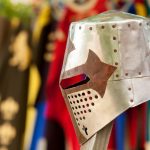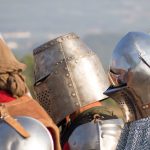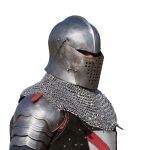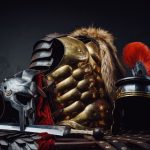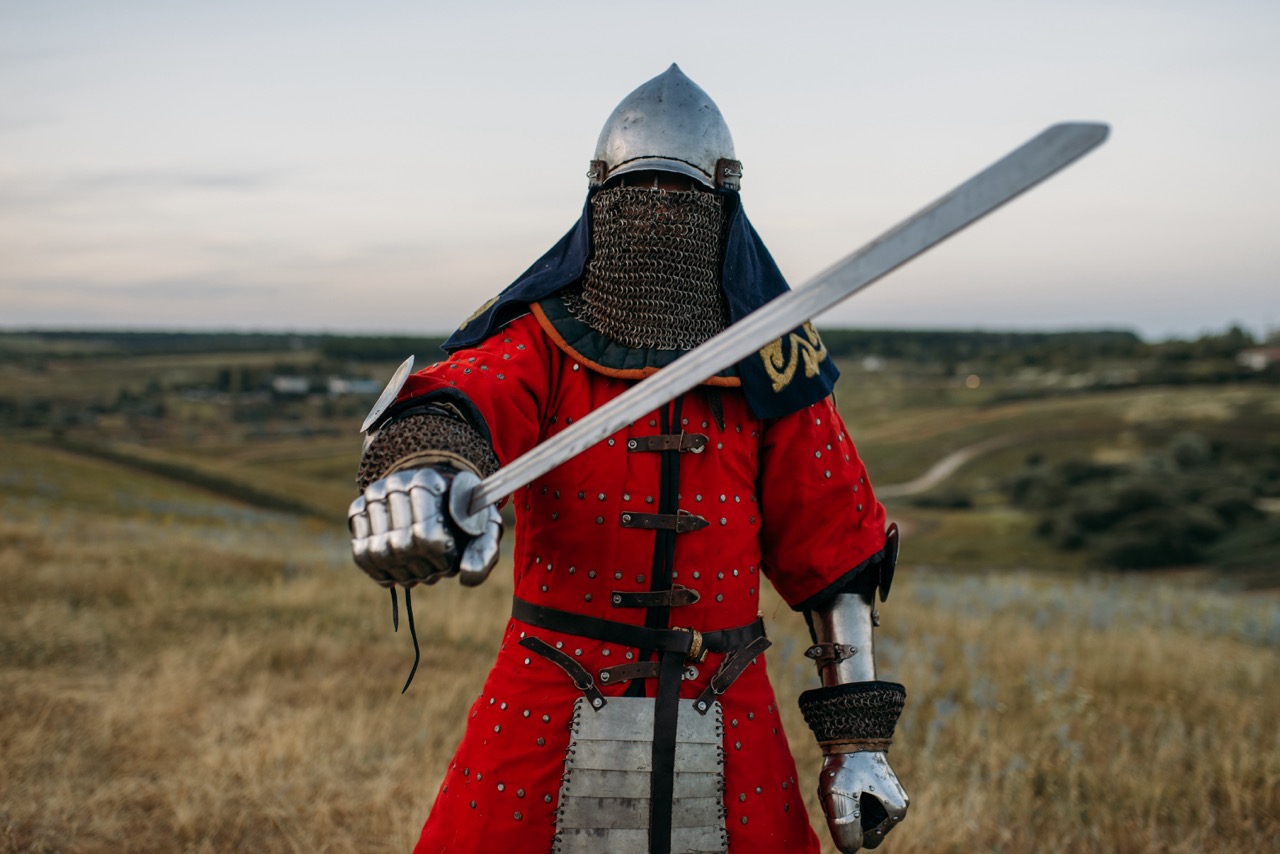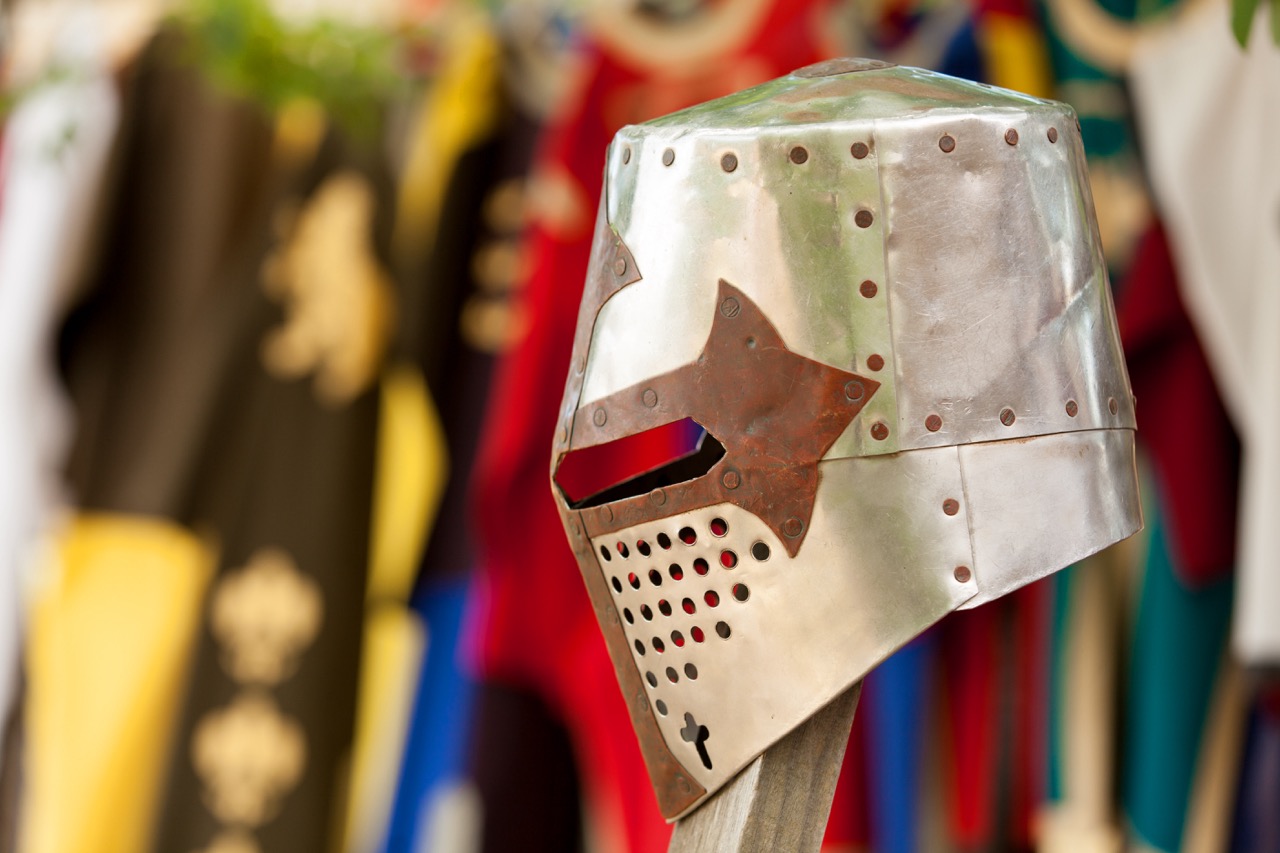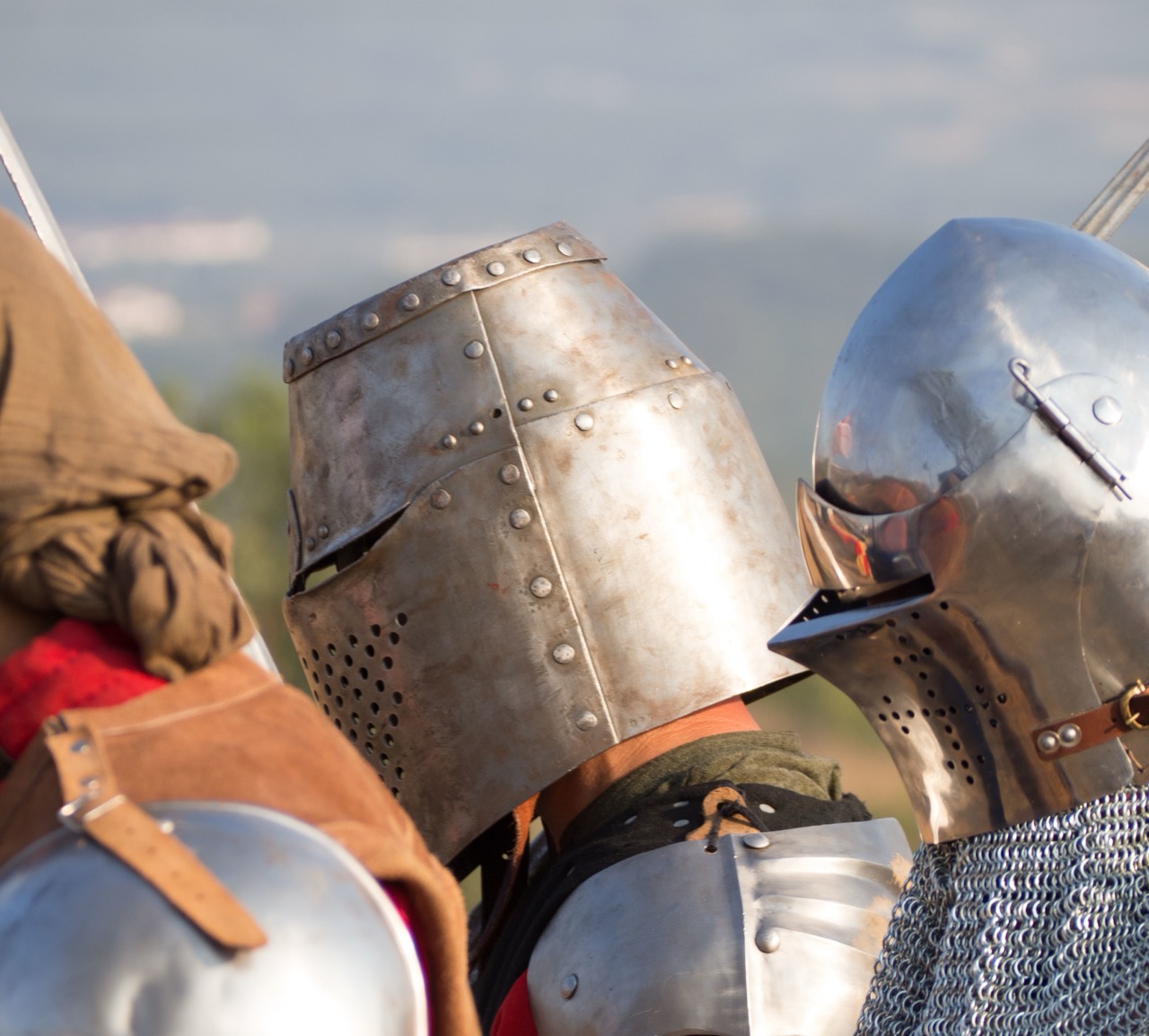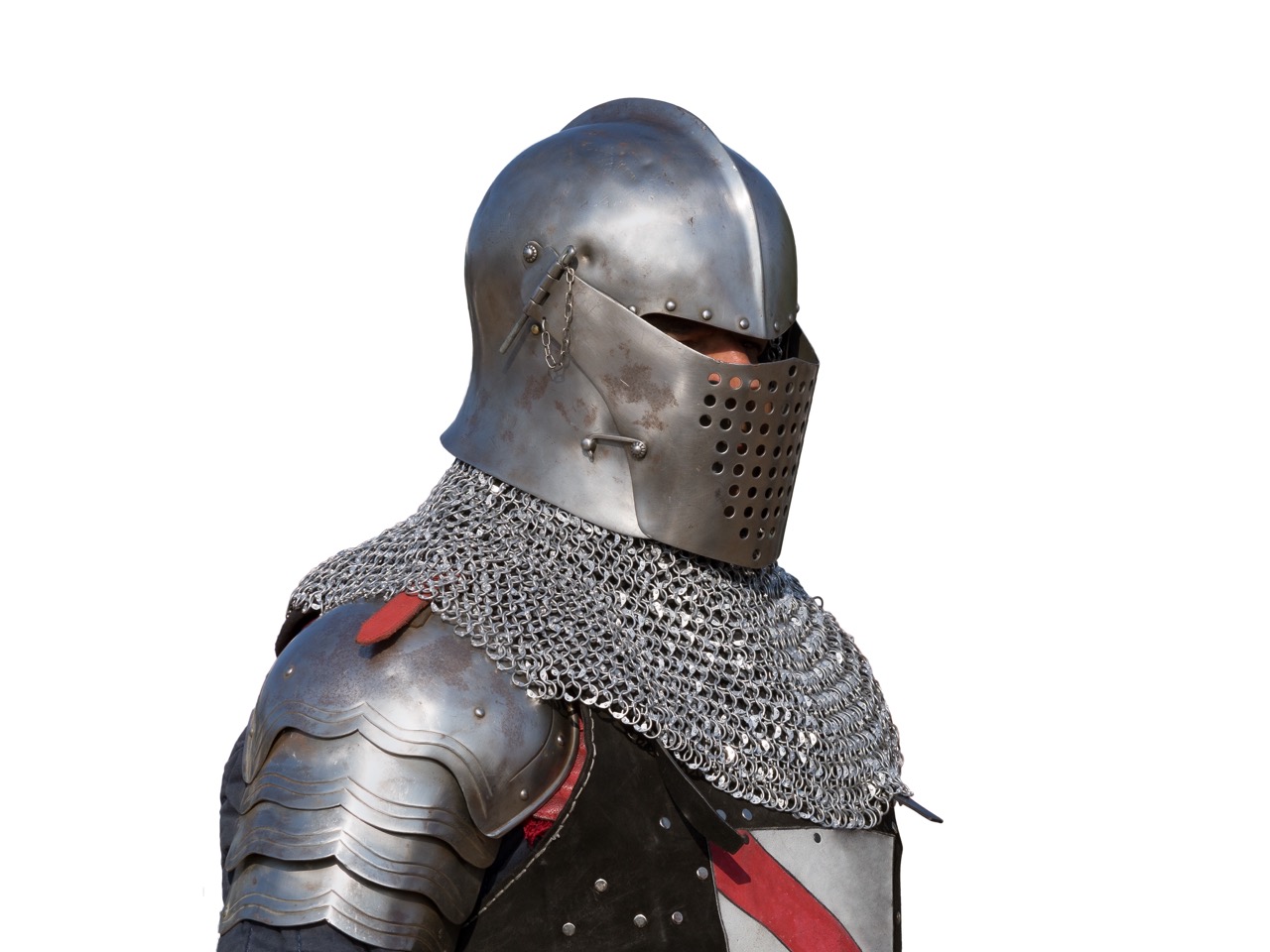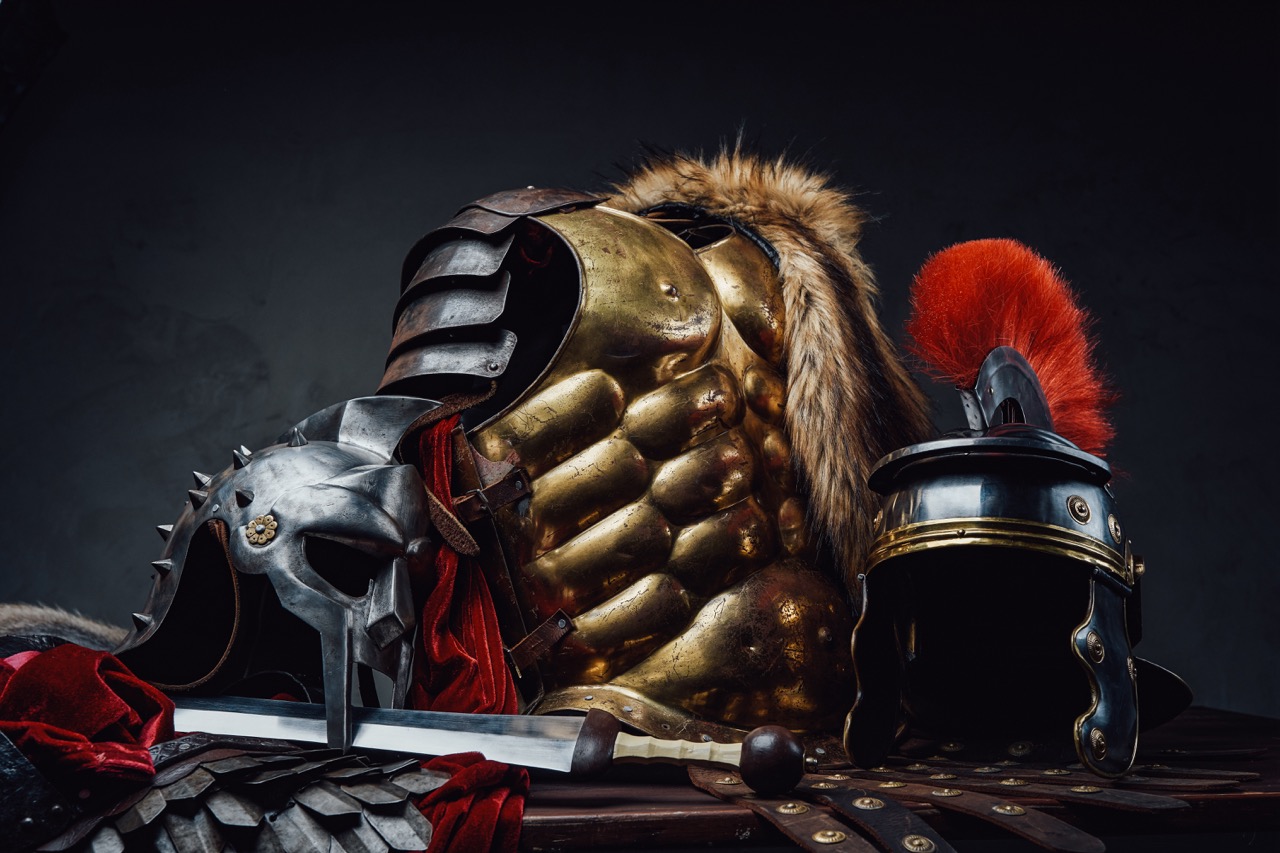Reenacting historical battles and lifestyles has become a passionate pursuit for many individuals across the globe. Enthusiasts not only seek to don the clothing of bygone eras but also aim to replicate the intricate details of their gear, which often includes armor and protective equipment. Among the essential components of medieval armor are sabatons, the metal footwear designed to protect the feet of knights during battle. This article explores the significance of sabatons, their evolution in historical reenactment, and the considerations reenactors must address when incorporating them into their gear.
The Evolution of Sabatons in Historical Reenactment
Sabatons have a rich history that dates back to the late Middle Ages, designed to offer protection and functionality to warriors on the battlefield. Originally crafted from various materials, these armored shoes evolved in design to accommodate the changing styles and requirements of warfare. In historical reenactment, sabatons symbolize a commitment to authenticity, showcasing the intricate craftsmanship that characterized medieval armor. Reenactors view them as critical components that not only protect but also enhance the overall appearance of their armor.
Today, the use of sabatons in reenactment circles has expanded beyond traditional knights to include a variety of historical figures. As reenactors delve into the specifics of their chosen era, they often seek to understand the context in which sabatons were used. This exploration includes examining how sabatons were constructed, how they functioned in their time, and how they can be accurately represented. By studying their evolution, reenactors can make informed choices about how to integrate sabatons into their own gear.
Understanding the Role of Sabatons in Armor Designs
Sabatons serve both practical and symbolic roles in medieval armor designs. Functionally, they protect the feet from cuts, bruises, and impacts during battles. Furthermore, they play an essential role in the armor’s overall design, as they must seamlessly integrate with greaves and other protective gear. This integration not only enhances the aesthetic appeal of a suit of armor but also ensures that the wearer is fully protected while maintaining mobility.
In addition to their protective qualities, sabatons also signify rank and status among warriors. In many cases, the design, material, and embellishments of sabatons could indicate a knight’s noble lineage or wealth. Reenactors, therefore, must consider these elements when choosing sabatons for their gear. Understanding the role of sabatons within historical contexts allows reenactors to create a more authentic representation of the past.
Key Materials Used in Crafting Authentic Sabatons
Historically, sabatons were crafted from durable materials such as steel, iron, and leather, each chosen for its protective qualities and availability. In reenactment settings, the focus on authenticity leads many enthusiasts to seek out sabatons crafted from these traditional materials. Steel and iron are favored for their rigidity and strength, while leather is often used for comfort and flexibility. The combination of these materials allows reenactors to mirror the weight and feel of historical armor accurately.
In modern crafting practices, artisans often replicate historical techniques to create authentic sabatons. Techniques such as forging, tempering, and riveting are employed to ensure that the sabatons not only look the part but also function effectively. As reenactors prioritize authenticity, the sourcing of materials becomes paramount, leading to a resurgence in traditional craftsmanship that respects historical methods while catering to contemporary needs.
How Reenactors Choose the Right Sabatons for Their Gear
Selecting the right sabatons is a crucial step for reenactors hoping to achieve historical accuracy. The choice often depends on the specific period they are representing, as styles and designs varied significantly from the 14th to the 16th century. Reenactors must research their specific era and consider factors such as color, shape, and embellishments. Many enthusiasts consult historical texts, illustrations, and existing artifacts to gain a deeper understanding of the appropriate styles for their chosen timeline.
Additionally, reenactors often engage with communities and social media groups dedicated to historical reenactment. These platforms serve as valuable resources for sharing information about sources, vendors, and historical accuracy in regards to sabaton choices. By collaborating with fellow enthusiasts and experienced craftsmen, reenactors can ensure that their sabatons fit seamlessly into their overall ensemble, enhancing both authenticity and visual impact.
The Importance of Fit: Sabatons and Foot Comfort
The fit of sabatons is one of the most critical aspects of their integration into reenactor gear. Properly fitting sabatons promote comfort and mobility, allowing reenactors to move freely during events. Poorly fitting sabatons can lead to blisters, discomfort, and even injury, detracting from the overall reenactment experience. To achieve the right fit, reenactors must consider factors such as size, shape, and any necessary adjustments based on foot structure.
In addition to size, the thickness and flexibility of materials used in sabatons play a significant role in comfort. Many reenactors opt for customized or fitted designs to ensure their sabatons provide adequate support while allowing for movement. It’s important for reenactors to break in their sabatons before participating in events, as this can help prevent discomfort and ensure they are battle-ready.
Techniques for Properly Attaching Sabatons to Armor
Attaching sabatons to armor requires careful consideration to ensure that they remain securely in place during movement without compromising comfort. Traditional methods of attachment include the use of leather straps, buckles, or rivets, depending on the design of the armor. Reenactors must pay attention to the historical methods used in their chosen period, as these details are essential for authenticity.
In addition to historical accuracy, reenactors must also ensure that their attachment methods allow for easy removal when necessary. Given the physical demands of reenactments, the ability to quickly adjust or detach sabatons can significantly enhance the overall experience. By utilizing both historical techniques and practical solutions, reenactors can effectively incorporate sabatons into their armor.
Sabatons: A Blend of Functionality and Aesthetics
The dual nature of sabatons as both functional and aesthetic components of armor is a key consideration for reenactors. While their primary purpose is to protect the feet, sabatons also contribute to the overall look of a knight’s ensemble. Reenactors often appreciate the intricate designs and craftsmanship that characterize historical sabatons, recognizing their role in conveying a warrior’s status and identity.
As reenactors strive for authenticity, they are increasingly aware of the need for sabatons that balance these two aspects. Modern craftsmen often produce sabatons that blend historical accuracy with contemporary comfort, allowing reenactors to enjoy the best of both worlds. This focus on functionality without sacrificing aesthetics is a testament to the evolving nature of historical reenactment.
Historic Accuracy: Where to Source Authentic Sabatons
Finding authentic sabatons for historical reenactments can be a challenging yet rewarding task. Reenactors often turn to specialized vendors who focus on historical armoring and make pieces following traditional methods. Many of these artisans prioritize craftsmanship and quality, ensuring that the products reflect the intricate details of sabatons from specific time periods.
In addition to dedicated armorers, online marketplaces and reenactment fairs provide opportunities for enthusiasts to discover unique pieces. Reenactors are encouraged to network within their communities and share information about reputable sources. By sourcing from reliable artisans, reenactors not only acquire authentic sabatons but also support the preservation of traditional craftsmanship.
Common Mistakes When Using Sabatons in Reenactments
Despite their importance, many reenactors fall into common traps when using sabatons during events. One of the most frequent mistakes is overlooking the importance of fit, which can lead to discomfort and hinder overall performance. Reenactors often underestimate the necessity of breaking in new sabatons, resulting in blisters or chafing during long events.
Another common mistake is neglecting to consider historical context.
